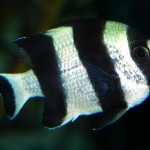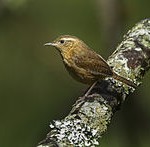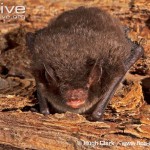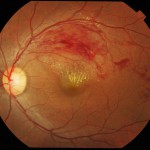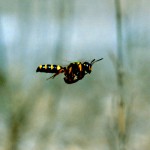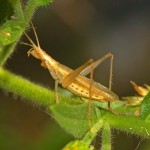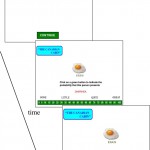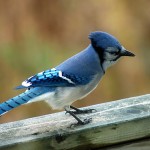This gallery contains 1 photo.
Aquatic animals commonly use chemical cues to gain sensory information. These cues mediate many of the animals’ behavior and interactions such as reproduction, foraging strategies and predator detection. Many studies have been done to investigate the role of olfaction in … Continue reading

